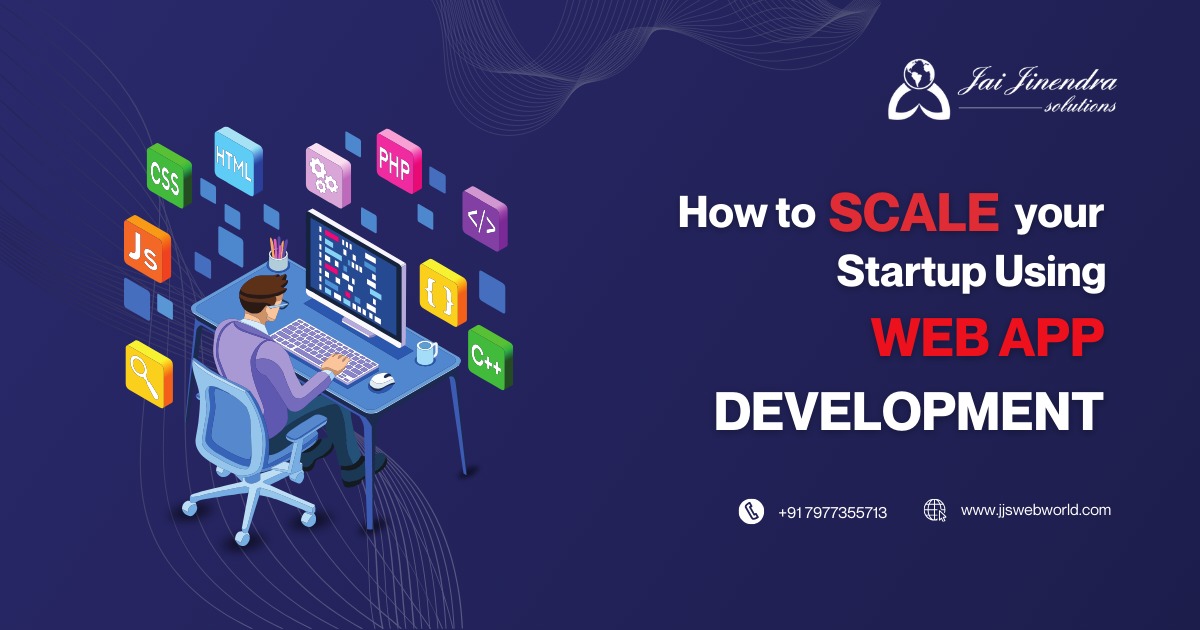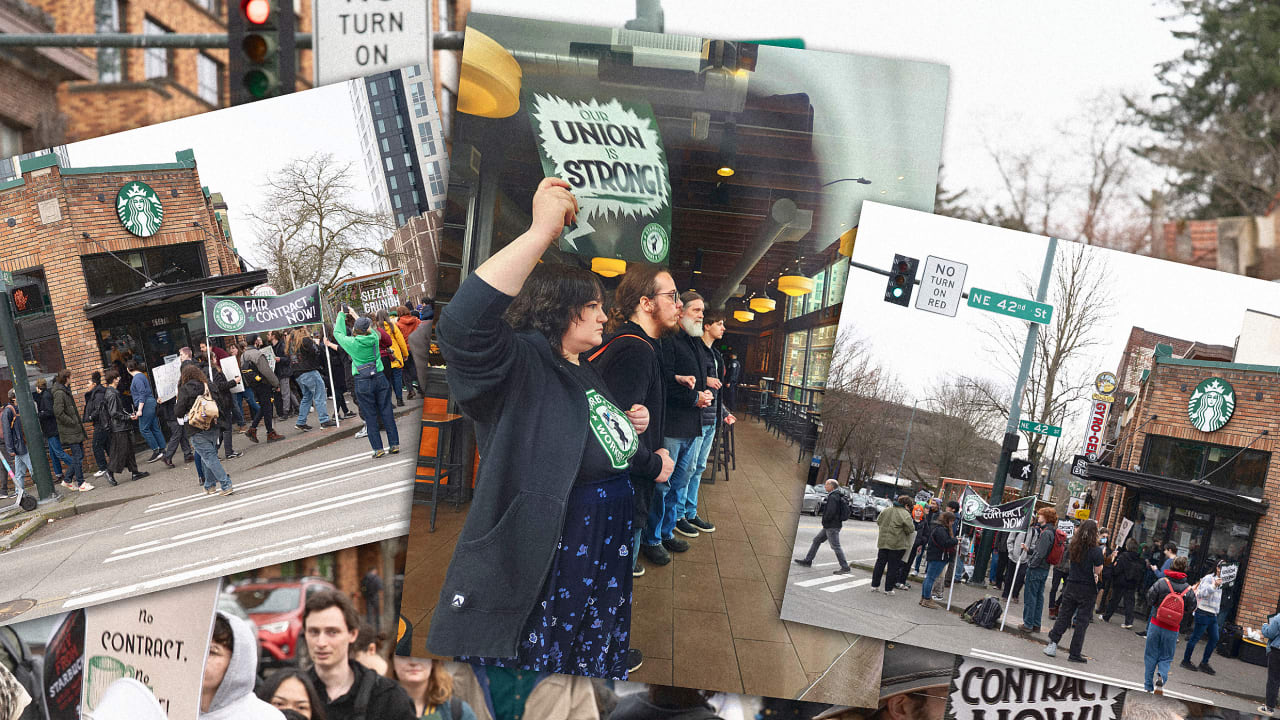At World Cup 2026, soccer will be more than just a game
Soccer, football, futebol, voetbal. Whichever moniker the world’s favorite game’s 3.5 billion fans use to describe this mega sport, this beautiful game is going through a cultural evolution creating more impact beyond the game than ever before. When I joined Manchester City FC in 2009, soccer clubs and the broader sport were just starting to open their eyes beyond the traditional rules of category marketing for the game and its impact was felt in soccer only. At Manchester City FC, we saw an opportunity to do something different. Very quickly we went on a journey from being a “soccer club that sold entertainment” to strategically pivoting to be an “entertainment brand that sold soccer,” winning the Premiership, becoming a global football brand, and kick-starting a journey for all clubs to evolve beyond the game. Looking back now, this sounds like an obvious nuance. But the unlock reframed everything we did through this entertainment lens. From the match day experience to community involvement to purpose-led endeavors to new market expansion—thinking of ourselves as an entertainment property with a soccer capability created a new way to connect to fans, creating meaningful impact on and beyond the field of play. More than a game Cut to today. This thinking is now deep within the game at every level, and with the record breaking three consecutive promotions by Ryan Reynolds, Wrexham FC—the Hollywood epitome of an entertainment story that sells soccer—we see a trend of clubs, players, and brands gaining as much money and influence from their off-field “controllable” entertainment revenue as from traditional on-field football activities. As we near the one year mark until the World Cup lands in the U.S., Canada, and Mexico (June 2026), it feels like soccer is entering its next stage of evolution in how it resonates and creates impact globally. We are seeing that soccer is much more than the game that it represents on the field. The game, its players, and its global influence are transcending into culture and creating a deeper societal impact than ever before. From driving their local and global economies, to leading the fashion and music industry, to creating new rules for the celebrity economy, to partnering with brands to create real consumer connections, and even to shaping politics and broader society, we are on a journey to a World Cup where soccer will be more than just a game. The best example of the game’s growing large-scale economic impact is with the Messi effect raising the value of Inter Miami to over $1.2 billion and helping the club become the most followed U.S. sports team, while bringing economic prosperity and sky-rocketing real estate to the area. We also see this economic impact spreading around the world with the rise of “destination football.” The purchase of and growing relevance of football clubs in tourism geographies impact and make revenue from their destinations like Como 1907 and Venezia FC. Football and impact Venezia FC is a helpful segway into understanding how football is leading fashion and music as it counts the musician Drake as an investor and it was recently crowned the coolest brand in football. We also see more players stepping off the field into the recording studio creating music, led by Alex Iwobi, or players stepping out of the changing room onto the catwalk, leading fashion with the deep cultural influence of the “footballer fit.” The front row of most fashion weeks looks like a players’ bench at a top tier game, culminating in brand Labrum London debuting its collecting at the Arsenal FC stadium. This fashion and music resonance is creating a new mindset for Gen Z fandom to express themselves in new ways, paving a way for a new generation shaping a fresh version of soccer as channeled by the likes of Adama and Awa in partnership with Nike and soccer culture platform Versus. The game’s power stretches beyond the players to the brands, creating meaningful impact in the purposes they challenge together and creating real resonance for consumers with brands via the game. UK telco brand EE created an amazing example of this at the last Women’s Euro, challenging the UK Parliament and bringing fans and players together to change a safety bill against online hate. So did cosmetic brand e.l.f. with its recent U.S. National Women’s Soccer League partnership to empower more women in sport helping raise a new generation of future industry leaders. We also see the cultural impact and power of the game with the immense value of the player celebrity platform wielding more power and influence than the traditional sporting brands they used to rely on for a broadcast voice. The most startling example is comparing player and sporting brands’ social reach. Nike-sponsored Ronaldo has 652 million Instagram followers, double sponsor Nike’s 301 million. And the most followed female footballer, Alisha Lehman, playing for Italian team Juventus, has 17

Soccer, football, futebol, voetbal. Whichever moniker the world’s favorite game’s 3.5 billion fans use to describe this mega sport, this beautiful game is going through a cultural evolution creating more impact beyond the game than ever before.
When I joined Manchester City FC in 2009, soccer clubs and the broader sport were just starting to open their eyes beyond the traditional rules of category marketing for the game and its impact was felt in soccer only.
At Manchester City FC, we saw an opportunity to do something different. Very quickly we went on a journey from being a “soccer club that sold entertainment” to strategically pivoting to be an “entertainment brand that sold soccer,” winning the Premiership, becoming a global football brand, and kick-starting a journey for all clubs to evolve beyond the game.
Looking back now, this sounds like an obvious nuance. But the unlock reframed everything we did through this entertainment lens. From the match day experience to community involvement to purpose-led endeavors to new market expansion—thinking of ourselves as an entertainment property with a soccer capability created a new way to connect to fans, creating meaningful impact on and beyond the field of play.
More than a game
Cut to today. This thinking is now deep within the game at every level, and with the record breaking three consecutive promotions by Ryan Reynolds, Wrexham FC—the Hollywood epitome of an entertainment story that sells soccer—we see a trend of clubs, players, and brands gaining as much money and influence from their off-field “controllable” entertainment revenue as from traditional on-field football activities.
As we near the one year mark until the World Cup lands in the U.S., Canada, and Mexico (June 2026), it feels like soccer is entering its next stage of evolution in how it resonates and creates impact globally.
We are seeing that soccer is much more than the game that it represents on the field. The game, its players, and its global influence are transcending into culture and creating a deeper societal impact than ever before.
From driving their local and global economies, to leading the fashion and music industry, to creating new rules for the celebrity economy, to partnering with brands to create real consumer connections, and even to shaping politics and broader society, we are on a journey to a World Cup where soccer will be more than just a game.
The best example of the game’s growing large-scale economic impact is with the Messi effect raising the value of Inter Miami to over $1.2 billion and helping the club become the most followed U.S. sports team, while bringing economic prosperity and sky-rocketing real estate to the area. We also see this economic impact spreading around the world with the rise of “destination football.” The purchase of and growing relevance of football clubs in tourism geographies impact and make revenue from their destinations like Como 1907 and Venezia FC.
Football and impact
Venezia FC is a helpful segway into understanding how football is leading fashion and music as it counts the musician Drake as an investor and it was recently crowned the coolest brand in football. We also see more players stepping off the field into the recording studio creating music, led by Alex Iwobi, or players stepping out of the changing room onto the catwalk, leading fashion with the deep cultural influence of the “footballer fit.” The front row of most fashion weeks looks like a players’ bench at a top tier game, culminating in brand Labrum London debuting its collecting at the Arsenal FC stadium. This fashion and music resonance is creating a new mindset for Gen Z fandom to express themselves in new ways, paving a way for a new generation shaping a fresh version of soccer as channeled by the likes of Adama and Awa in partnership with Nike and soccer culture platform Versus.
The game’s power stretches beyond the players to the brands, creating meaningful impact in the purposes they challenge together and creating real resonance for consumers with brands via the game. UK telco brand EE created an amazing example of this at the last Women’s Euro, challenging the UK Parliament and bringing fans and players together to change a safety bill against online hate. So did cosmetic brand e.l.f. with its recent U.S. National Women’s Soccer League partnership to empower more women in sport helping raise a new generation of future industry leaders.
We also see the cultural impact and power of the game with the immense value of the player celebrity platform wielding more power and influence than the traditional sporting brands they used to rely on for a broadcast voice.
The most startling example is comparing player and sporting brands’ social reach. Nike-sponsored Ronaldo has 652 million Instagram followers, double sponsor Nike’s 301 million. And the most followed female footballer, Alisha Lehman, playing for Italian team Juventus, has 17 million Instagram followers, 17 times more than traditional soccer brand Umbro. This is leading clubs and brands to rethink how they partner with players—and beyond to fans—to create content. A great example is Juventus FC’s creator lab, capitalizing on this impact.
Football shapes culture and society
We also see the rising power of the game as it truly stretches into shaping culture and society as these platforms and influence are used way beyond the beautiful game itself.
Football can shape the political spectrum, judging from Marcus Rashford’s social activism that during COVID-19, extended free school meals for vulnerable children in the UK. His actions forced the government to reverse its decision, impacting millions of lives. His efforts earned him an Order of the British Empire MBE award.
It extends to a greater impact on politics, with a move from former football players becoming politicians, ranging from George Weah moving from World Player of the Year to Liberian president, to the more recent Georgian ex-Manchester City player Mikheil Kavelashvili becoming a prominent political leader in his home country.
It’s this power of the fandom, the players, the clubs, the brands, and the category itself coming together to harness an evolving and growing cultural impact that makes this coming World Cup a moment where the game and its impact will extend beyond the game itself.
Maybe it will even breathe new life into the famous Liverpool manager quote from Bill Shankly, who said that “Some people think football is a matter of life of death. I can assure them it’s much more serious than that.”
Chris Kay is the international president of 72andSunny.























































































































































